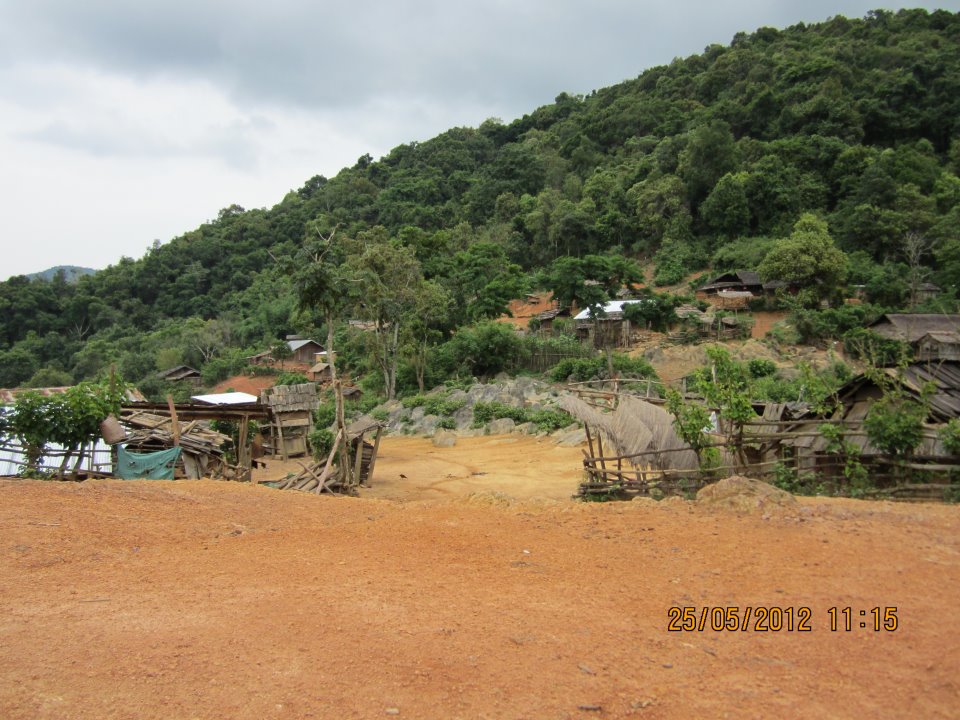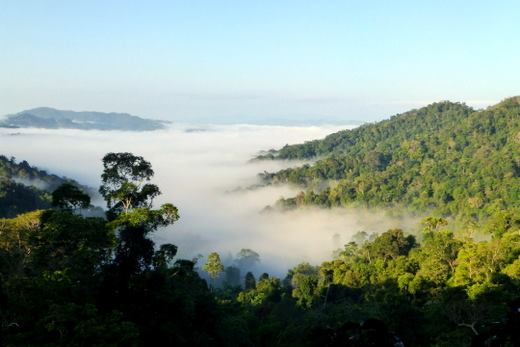Vientiane Tour
Day:1 Arrive in Vientiane[nbr][nbr]Greeting our guide at wattay international airport transfer to hotel[nbr][nbr]Overnight at Vansana Riverside Hotel[nbr][nbr]Day:2 Vientiane city sightseeing[nbr][nbr]Visit Buddah Park, 25 minutes drive from city center. it is nevertheless fascinating for its huge structures that combine Buddhist and Hindu Philosophies.[nbr][nbr]Pha That Luang is a gold and covered large Buddhist stupa Vientiane. Since its initial establishment, suggested to be in the 3rd century, the stupa has undergone several reconstructions as recently as the 1930 due to foreign invasions of the area. It is generally regarded as the most important national monument in Laos and a national symbol.[nbr][nbr]Patuxai meaning Victory Gate or Gate of Triumph, formerly the Anousavary or Anosavari Monument, known by the French as (Monument Aux Morts) is a war monument in the centre of Vientiane, Laos, which was built between 1957 and 1968[nbr][nbr]Talat Sao Vientiane Shopping Mall[nbr][nbr](morning market) for a wide range of colourful textiles including silks, wall-hangings and other decorative pieces. For very fine handicrafts, try one of the many upscale galleries in the city center. Keep your eyes open for traditional wood carvings, mulberry paper and a variety of basketry made from bamboo and rattan.[nbr][nbr]Overnight at Vansana Riverside Hotel[nbr][nbr]Day: 3 Vientiane City Tour[nbr][nbr]Wat Sisaket was built in 1818, this is one of the oldest temples in Vientiane. Other Buddhist holy places are Wat Ong Teu Mahavihan, known for its 16th century bronze Buddha sheltered by a carved wooden masterpiece.[nbr][nbr]Wat si Meuang is the site of the Lak Meuang or pillar-stone of Vientiane. Wat Si Meuang is also home to the guardian spirit of the city[nbr][nbr]Ho Pha Keo is ancient temple was built in 1565 by King Sayasetthathirath to house the Emerald Buddha 1565-1779 (lost to the Siamese in 1828) as his personal place worship. It was later reconstructed in 1936. For this reason monks have not taken up residence here unlike other temples in Laos. During the 1970s the temple was converted from a place of worship into a museum and now houses the finest national collection of Buddhist sculptures and artifacts. From the terrace of Ho Pra Keo, one can enjoy a view overlooking the president’s Palace (former Royal Palace)[nbr][nbr]Cope Visit center Vientiane[nbr][nbr]Museum Cooperative Orthotic and Prosthetic Enterprise, or COPE, is a locally run non-profit working with partners to provide rehabilitation service for Unexploded Ordnance (UXO) survivors and other people with disabilities across Laos. The COPE Visitor Centre houses a free permanent exhibition about UXO in Laos, stories from survivors and information on the important services provides by COPE. Interactive displays, excellent documentaries and imagery provide a thought-provoking experience to visitors. There is an opportunity to support COPE through the gift shop or donation.[nbr][nbr]The Lao National Museum is located in Vientiane, Laos. It was founded as the national museum highlighting the revolution of the 1970s and is located in a Frenchcolonial building. In 2007, the United States donated a grant to help develop the museum. This museum, which was originally built in 1925 as the French governor’s residence, presents the history of Laos, highlighting the Laotian people’s struggle to free the country from foreign occupiers and imperialist forces. It is located on Samsenthai road, opposite the Cultural Hall.[nbr][nbr]The art of weaving is still very much a home industry in Laos, where some of the finest silk and cotton weavers in the world can be found in the smallest of communities.[nbr][nbr]Traditional designs and patterns vary from province to province, and the intricate work can be purchased much cheaper at the source than from many handicraft stores, markets and hotel shops. Antique woven pieces are still available but are becoming increasingly rare, often fetching very high prices.[nbr][nbr]Overnight at Vansana Riverside Hotel[nbr][nbr]Day: 4 Visiting Nam Gum Dam[nbr][nbr]The Nam Ngum Dam is a hydroelectric dam on the Nam Ngum river, It was the first hydropower dam built in Lao PDR. It was constructed in three stages, beginning in with stage I in 1968 and ending with the completion of stage III in 1984. The Nam Ngum Dam has a capacity of 155MW and generates most of Laos' electricity, including all the power used in the capital, Vientiane. Additionally 70% to 80% of electricity created by the dam is exported to Thailand.[nbr][nbr]Lao Zoo locate on the way to Nam Gum Dam after Nam Gum Dam sightseeing tour will stop to see you might see many animals and most of any plants in the zoo.[nbr][nbr]Overnight at Vansana Riverside Hotel[nbr][nbr]Day: 5 End Tour[nbr][nbr]Relaxing in the morning and waiting for you departure time[nbr][nbr]
More travel products/services from Hmong Travel Services
 | 21 Aug 2016
Laos Adventure Tour |
|
 | 21 Aug 2016
Plain of Jars Tour |
|
 | 21 Aug 2016
Ban pha keo trek |
|
 | 21 Aug 2016
Laos Classic Tour |
|
 | 19 Aug 2016
Luangprabang Tour |
|
|
|
| |